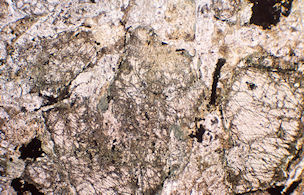
Figure 14: Group Ia-1 axe Co152/738 in PPL and XPL (Field of View (FoV) is 4mm). Click image to enlarge
Five of the seventeen IPG Group Ia thin-sections examined constitute GpIa-1: Co145/731, Co152/738, Do103/1359, So142/1777and Wi188/543. In all respects these five are petrographically similar to GpI-1, hence are unlike Stone and Wallis's (1951) description for IPG Group Ia.

Figure 14: Group Ia-1 axe Co152/738 in PPL and XPL (Field of View (FoV) is 4mm). Click image to enlarge
GpIa-2 has four members: Co123/713, So20/227, Wi106/389 and Wi208/830. In all respects these four are similar to GpI-6, having a higher degree of alteration than GpI-1.
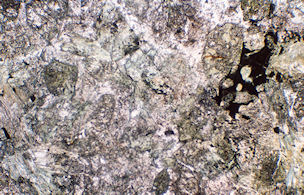
Figure 15: Group Ia-2 axe Wi106/389 in PPL and XPL (FoV 4mm). Click image to enlarge
All five members of GpIa-3: Co249/1195, Co96/663, Wi3/3, Wi56/223 and Wi69/286, are similar to GpI-7, with the groundmass being cloudier and lacking the actinolite seen in GpI-1. It is suspected that Wi3/3 was the founding member of IPG Group Ia as it meets the description provided by Stone and Wallis (1951).
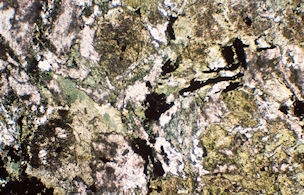
Figure 16: Group Ia-3 axe Wi3/3 in PPL and XPL (FoV 4mm). Click image to enlarge
The single thin-section in GpIa-4, De20/528 is similar to GpI-2, with the slight difference that the pyroxenes in De20/528 are more altered to amphibole.
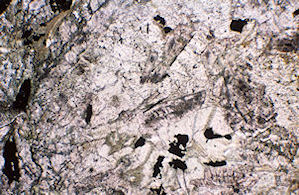
Figure 17: Group Ia-4 axe De20/528 in PPL and XPL (FoV 4mm). Click image to enlarge
The mm-sized non-ophitic pyroxenes in GpIa-5 member So50/939 all show first order birefringence, with oblique extinction angles typical of clinopyroxene. The alteration of the pyroxenes is probably chloritic as it has first order birefringence, with almost straight (± 5°) extinction. The groundmass is completely altered and there is no evidence of feldspar. The unique feature of this thin-section is the alteration of the irregular to rounded, sub-mm, opaques to sphene and granular biotite. The opaque alteration in axe thin-section So50/939 is unique as it has not been seen on any other IPG Group I or Ia thin-section.
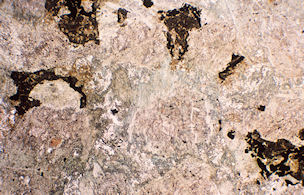
Figure 18: Group Ia-5 axe So50/939 in PPL and XPL (FoV 4mm). Click image to enlarge
GpIa-6 thin-section Wi274/1018 is similar to those in GpI-2, but the feldspars in this thin-section are less altered and patches of a dark brown-red fine-grained mineral (?variety of epidote or sphene) surround distinct rhombs of amphibole. These features are not found in any other IPG Group I or Ia thin-section examined.
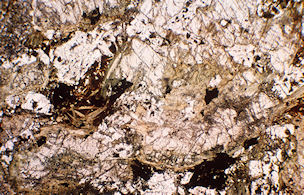
Figure 19: Group Ia-6 axe Wi274/1018 in PPL and XPL (FoV 4mm). Click image to enlarge
© Internet Archaeology/Author(s) URL: http://intarch.ac.uk/journal/issue26/23/2.4.2.html
Last updated: Wed Jul 29 2009